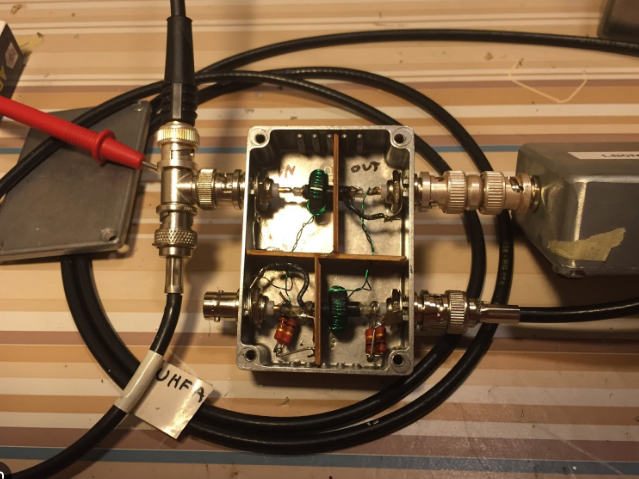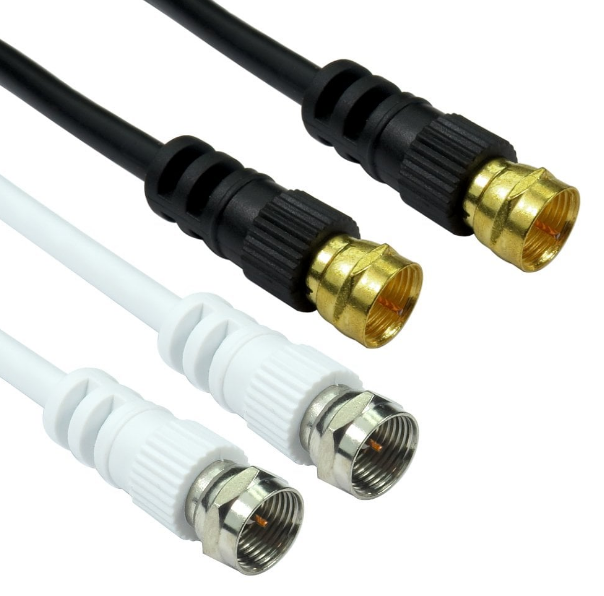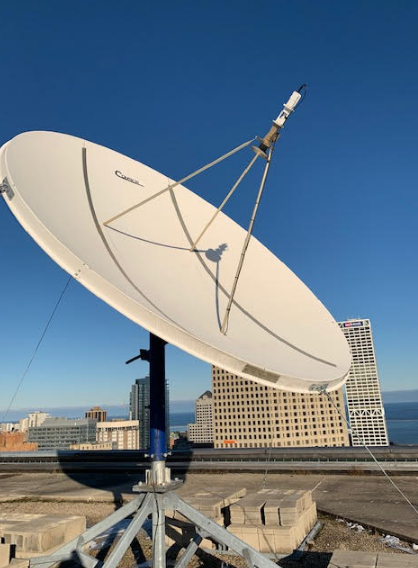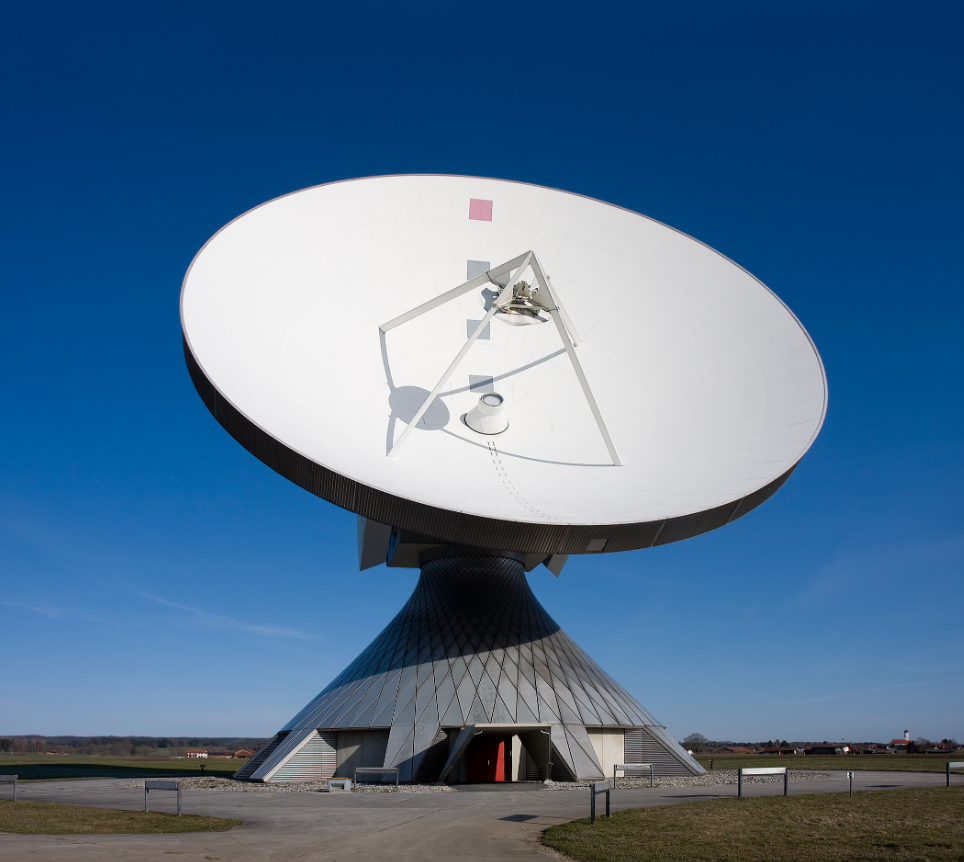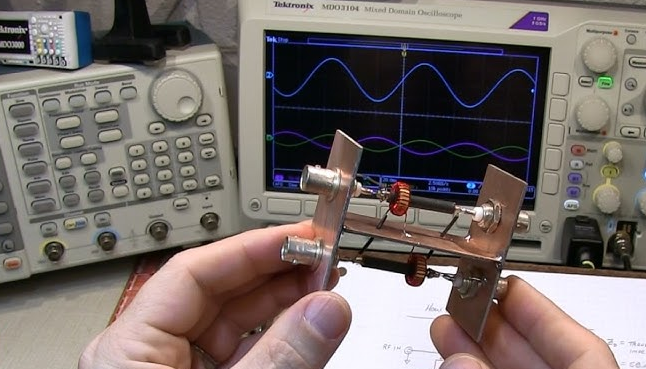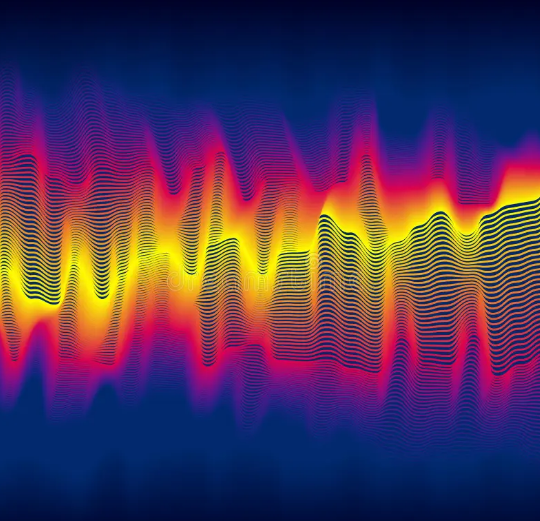What is the function of coupler antenna
A coupler antenna splits or combines signals, matches impedance, filters frequencies, and measures signal power. For example, in a 1,000-watt system, it diverts 10 watts for monitoring, ensuring 95% efficiency. Costs range from $500 to $2,000. Signal Splitting Signal splitting using coupler antennas is a fundamental technology in modern communication systems, enabling multiple devices to […]
What is the function of coupler antenna Read More »

